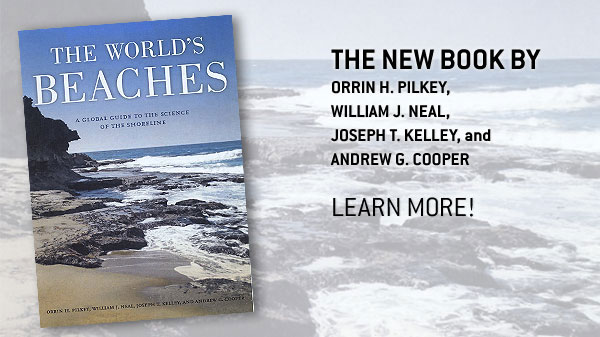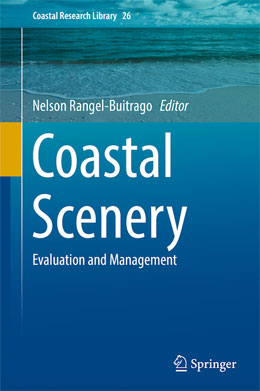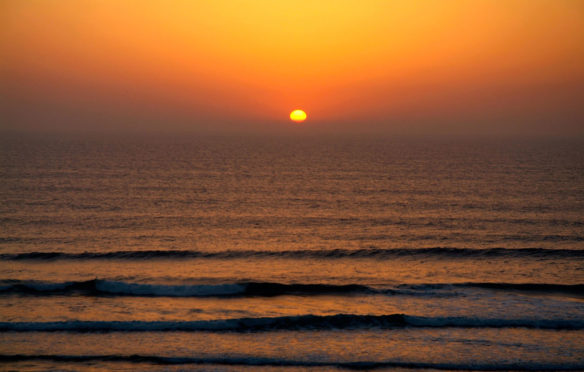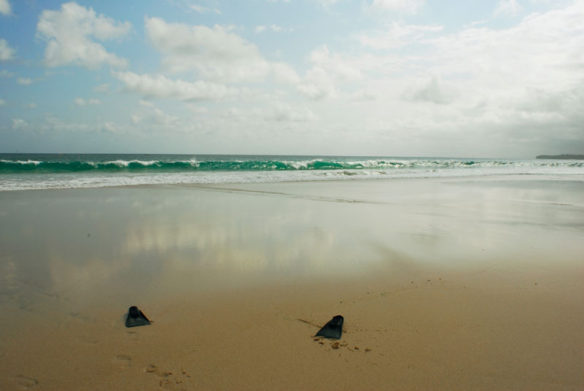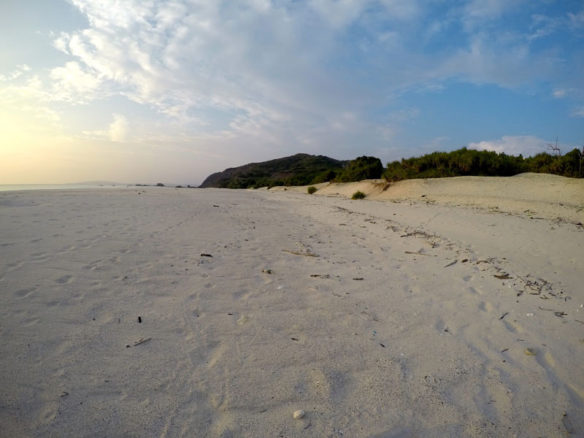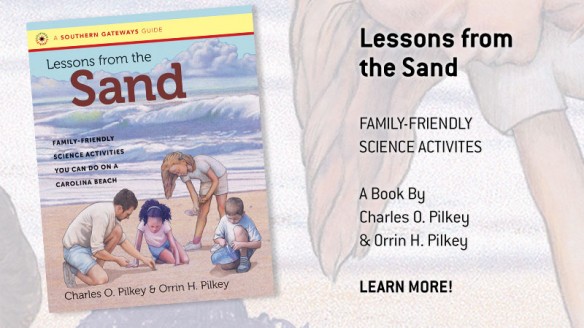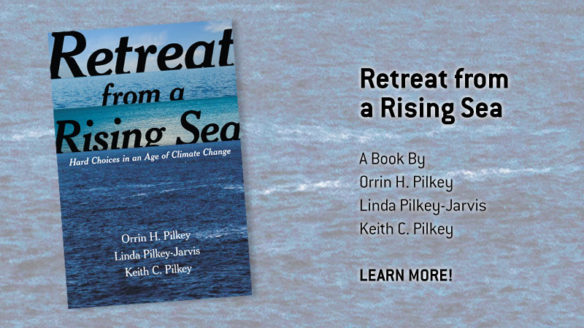By Clayton Moore, The Kirkus Review
There is a vivid and glorious history of writing about the environment, ecology and the world around us. In the seminal book Walden; or, Life in the Woods (1854), the great transcendentalist Henry David Thoreau chronicled his spiritual journal but also described in magnificent detail the richness of life in the woods.
When John Steinbeck decided to voyage down the coast of California with his friend Ed Ricketts in 1940, little did he know they were leaving behind incredible insight into both their philosophies about the world in The Log of the Sea of Cortez (1951). We still read works like A Sand County Almanac (1949) to delve into the relationship between people and their environs.
The fact is that these books continue to be important not only for armchair scientists but for the rest of us to contemplate our place in this tense, fragile world. Dr. Orrin H. Pilkey (Useless Arithmetic, 2007, etc.) offers two decidedly different takes on the genre in his latest works.

The World’s Beaches (2011), written with three fellow scientists from around the world, is a comprehensive but relatable guide to the science of the shoreline, teaching readers precisely how beaches work and how to read the “character” of any given shoreline.
His second book, Global Climate Change: A Primer (2011), offers an accurate, comprehensive introduction to a controversial subject, written with his son Keith Pilkey and richly illustrated through batik art by Mary Edna Fraser.
Pilkey, professor emeritus of Geology and of Earth and Ocean Sciences at Duke University, is unusual in his willingness to advocate for changes in policies that affect the environment. “Scientists, in my view, have a responsibility to spread the word,” he told Kirkus. “Part of the problem is that we scientists tend to be dullards when it comes to selling our case. Those who work in science tend to be very unsuited for spreading the word—that’s why they’re scientists. But although we should have opinions about policy, scientists should not determine policy per se, but should provide the basis for policy decisions.”
While the books may appear academic to the everyday reader, Pilkey warns that beaches remain one of the best indicators of things to come with global warming. “I believe that the first truly global crisis will be sea-level rise and the movement of beaches retreating into cities and other places requiring massive changes of one kind or another,” he says. “Understanding how shorelines work will be critical to our response to sea-level rise.”
As one of the world’s foremost experts, Pilkey also remains steadfastly at the eye of the hurricane when it comes to the political debate over global climate change. “The most common misconception is that put forth by ‘deniers,’ who argue that we scientists are biased and even incompetent. In trashing global change science, they damage science in general,” he says.
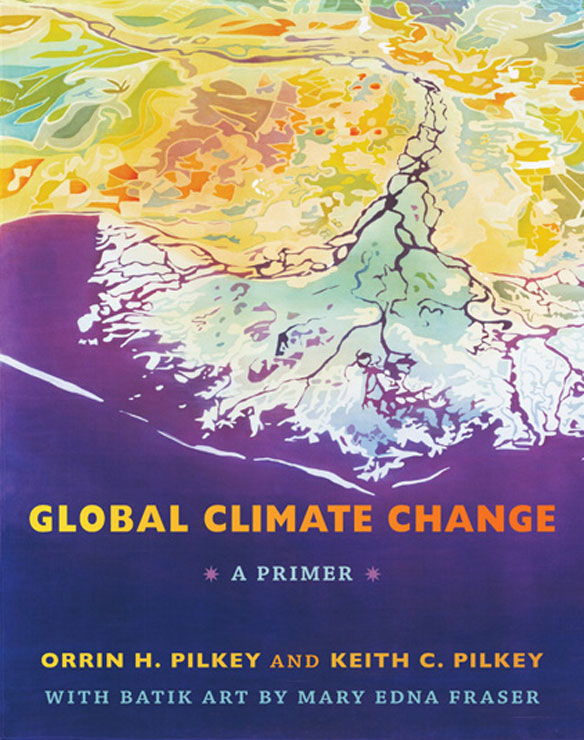
Pilkey believes the United States in particular is divided into two camps with radically different outlooks. “Simply put, there are those who believe that global warming is happening at that humans are responsible, and those who don’t,” he says. “I personally believe the level of education is greater in the first camp, but the rule is complex. One of the nation’s most prestigious papers, The Wall Street Journal, generally opposes the human connection and the idea of doing anything about global change. The New York Times, on the other hand, supports the concept of human involvement in climate change.”
Despite his immersive knowledge about beaches in particular, Pilkey admits that there’s more to learn. “In a broad way, we know a great deal about how beaches evolved,” he says. “When I look back, I find it embarrassing to think about what we believed were the principles of beaches. But there are still things we don’t know, like exactly what happens to all the sand that is disbursed from beaches during storms. Why do some beaches recover from storms, and others not?
“Part of the purpose of The World’s Beaches is to get people to love and appreciate beaches on a different level. They are the most dynamic geomorphic feature on the surface of the Earth.”
To the audience for Global Climate Change, Pilkey has a message, especially for those who remain burdened by doubt. “I want to tell the world that they should not read thermometers to determine warming,” he says. “They should read the Earth. Look at melting ice sheets, melting mountain glaciers, melting permafrost, warming oceans, rising seas, changing plant and animal patterns. There are many uncertainties about the future of global climate change, but the general trends are very strong. The public should not consider uncertainties to be a sign of weakness, but rather a sign that scientists are making careful statements. Strong, unbending statements about global change made with certainty are a sure sign of bad science.”
Food for thought.
Perhaps there’s something to be said for staring into the abyss and thinking about our place in it. As Steinbeck’s friend Doc Ricketts once wrote, “There are good things to see in the tide pools, and there are exciting and interesting thoughts to be generated from the seeing.”
Both The World’s Beaches and Global Climate Change are available now.
The World’s Beaches : A Global Guide to the Science of the Shoreline: A book by Orrin H. Pilkey, William J. Neal, James Andrew Graham Cooper and Joseph T. Kelley
Published by University Of California Press
” Beaches are the most dynamic features on Earth, constantly changing shape and providing vital ecological functions and a home to environments of amazing biodiversity. Understanding the importance of the beach’s role vis-a-vis the land, the nearshore and the ocean and its biodiversity is crucial to its protection and preservation.”
—Santa Aguila Foundation
Global Climate Change: A Primer; A Book by Orrin H. Pilkey and Keith C. Pilkey, Illustrated with batik art by Mary Edna Fraser
Published by Duke University Press
An internationally recognized expert on the geology of barrier islands, Orrin H. Pilkey is one of the rare academics who engages in public advocacy about science-related issues. He has written dozens of books and articles explaining coastal processes to lay readers, and he is a frequent and outspoken interviewee in the mainstream media. Here, the colorful scientist takes on climate change deniers in an outstanding and much-needed primer on the science of global change and its effects.
After explaining the greenhouse effect, Pilkey, writing with son Keith C. Pilkey, turns to the damage it is causing: sea level rise, ocean acidification, glacier and sea ice melting, changing habitats, desertification, and the threats to animals, humans, coral reefs, marshes, and mangroves. These explanations are accompanied by Mary Edna Fraser’s stunning batiks depicting the large-scale arenas in which climate change plays out.
The Pilkeys directly confront and rebut arguments typically advanced by global change deniers. Particularly valuable are their discussions of “Climategate,” a manufactured scandal that undermined respect for the scientific community, and the denial campaigns by the fossil fuel industry, which they compare to the tactics used by the tobacco companies a generation ago to obfuscate findings on the harm caused by cigarettes.

